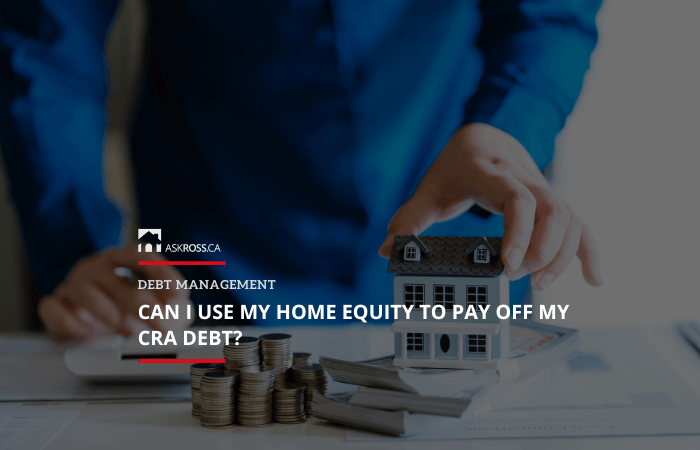
Published: June 13th, 2025 • Last Updated: June 13th, 2025
Author: Ross Taylor on AskRoss.ca
3 Smart Ways to Use Your Home Equity to Pay CRA Tax Debt
If you’re a homeowner who owes money to the CRA, you’re probably feeling the pressure.
Between interest piling up, stern collection letters, and even threats of liens or wage garnishments, it can feel like you’re one step away from a financial crisis.
But what if I told you your house, the one you’ve been diligently paying off, could actually be your way out?
Let’s talk about using home equity to pay off tax debt.
It’s not just a band-aid solution. When used wisely, it can be a strategic move that gives you breathing room and puts you back in control of your finances.
Jump to a specific section in this article ↓↓
- What does it mean to use home equity to pay CRA debt?
- Why using home equity is often a smart move
- What are my options for accessing home equity?
- What are the risks of using home equity?
- What happens if the CRA has already placed a lien?
- The bottom line: You have options
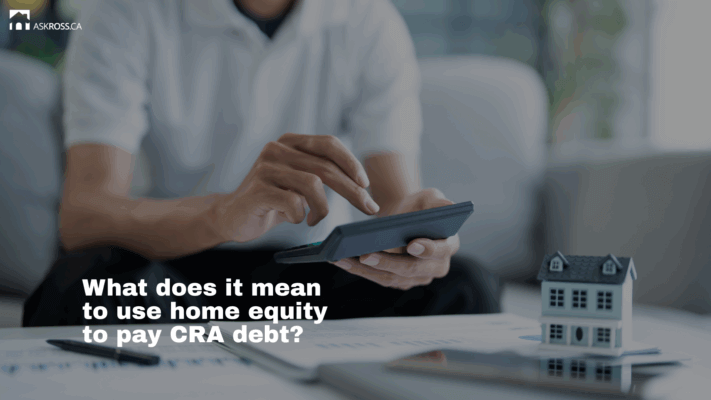
What does it mean to use home equity to pay CRA debt?
When I say “use your home equity,” I’m talking about borrowing against the value of your home to access cash. This could be through a mortgage refinance, a home equity line of credit (HELOC), or even a private mortgage.
That money can then be used to pay off your outstanding balance with the CRA, often at a much lower interest rate than you’d otherwise be facing.
Let’s put it in perspective. If your home is worth $750,000 and your mortgage is $450,000, you’ve got $300,000 in equity.
Most lenders will let you borrow up to 80 percent of your home’s value, so you might be able to access up to $150,000 in cash.
That money can be used to pay off tax debt, which immediately stops further interest and penalties from accumulating.
And trust me, CRA doesn’t mess around. If they haven’t already, they can (and will) place a lien on your property or freeze your bank account.
↑↑ Back to the list at the top ↑↑
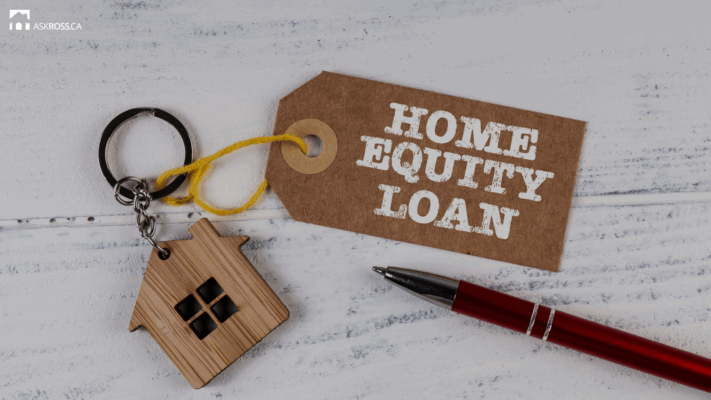
Why using home equity is often a smart move
Let me be blunt. CRA debt is one of the worst types of debt to carry. It’s relentless and expensive. Here’s why using home equity might be your best option.
It stops the bleeding
- The CRA charges compound daily interest on overdue taxes, and the rate is currently much higher than most secured lending options.
- By paying the CRA in full, you put a stop to interest and penalties immediately.
It’s cheaper than most alternatives
- Home equity loans and HELOCs typically come with much lower interest rates than unsecured personal loans or credit cards.
- Depending on your situation, we might be able to get you a rate between 5 percent and 7 percent, a far cry from the double digits you’d see elsewhere.
It can simplify your finances
If we’re using home equity to consolidate debt, not just pay off the CRA, we’re essentially rolling multiple high-interest payments into one lower monthly payment. That can be a game-changer for your monthly cash flow.
↑↑ Back to the list at the top ↑↑
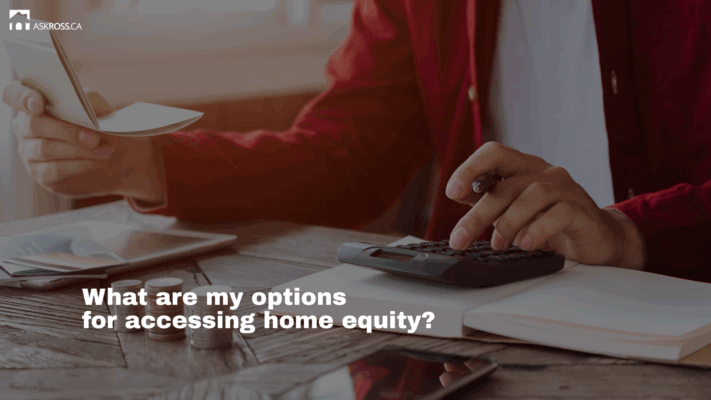
What are my options for accessing home equity?
Depending on your credit, income, and how much equity you have, there are three primary ways to tap into your home equity.
1. Access your home equity by refinancing your mortgage
This is often the most cost-effective option, especially if you qualify for today’s best rates. We replace your existing mortgage with a new, larger one, and the difference comes to you in cash.
When mortgage refinancing works best:
- You’ve got good credit and steady income.
- You can pass the mortgage stress test.
- You want to keep things simple with one mortgage payment.
Watch out for when refinancing:
- Prepayment penalties on your existing mortgage – to avoid this, you want to time your refinance at the time of your mortgage renewal.
- Having to requalify under current stress test rules (either 5.25 percent or your rate plus 2 percent).
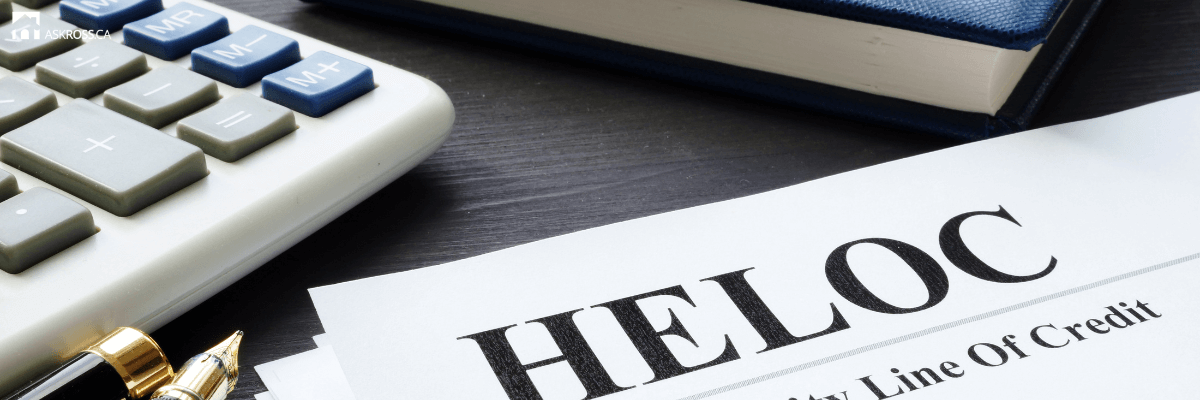
2. Home equity line of credit (HELOC)
HELOCs give you a revolving line of credit secured against your home. You only pay interest on what you use, which makes them flexible, but you do need solid credit and equity to qualify.
The basics of using a HELOC:
- You’ll need at least 20 percent equity left after the HELOC is set up.
- Your credit score should be 680 or higher for the best rates; however, we can find options available as low as 600.
- Max combined mortgage and HELOC is 80 percent of your home’s value.
This is a great option if your CRA debt isn’t massive or if you want to keep some flexibility for future borrowing.
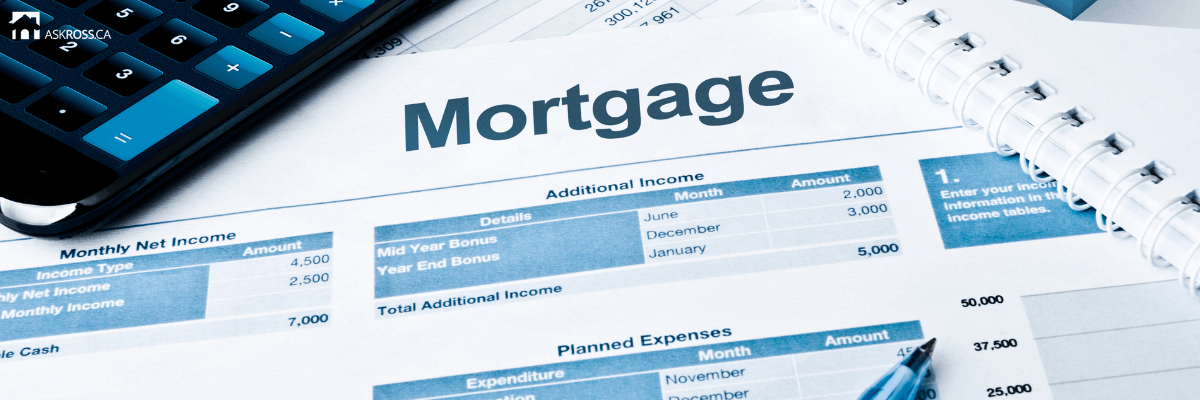
3. Private mortgage loans can help you access your home equity
When traditional lenders say no, maybe because of credit issues, income challenges, or the CRA has already placed a lien, we look to private lenders.
Here’s what to expect when you turn to a private mortgage loan:
- Higher rates (think 9 to 12 percent)
- Shorter terms (usually 1 to 2 years)
- Quick approvals with a focus on your home’s equity, not your income
Private loans are a short-term tool to solve an immediate problem. We often use these as a bridge until we can qualify you with a bank or credit union again.
↑↑ Back to the list at the top ↑↑
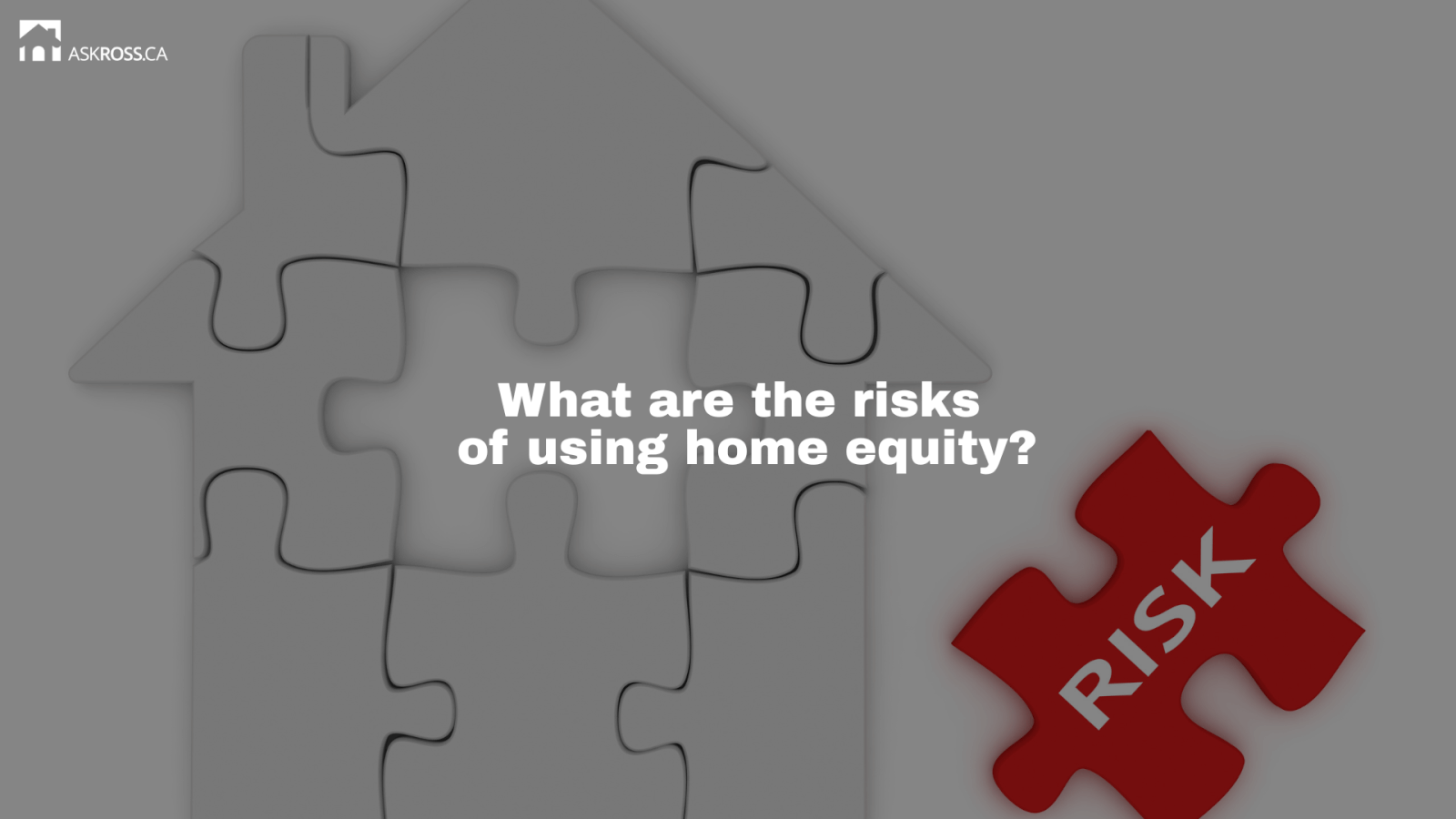
What are the risks of using home equity?
I’m never going to sugarcoat it. Borrowing against your home always carries risk. The biggest one? If you can’t make the payments, your home could be on the line.
That’s why I always take the time to ensure this kind of move fits within your long-term financial plan.
Here are some key risks to keep in mind when using home equity to pay off your CRA debt
- More debt secured by your home: You’re shifting tax debt to mortgage debt. It’s cheaper, but it’s still debt.
- Potential foreclosure: If you default on a mortgage or HELOC, lenders can start the foreclosure process.
- Equity drain: Especially for older homeowners, using up home equity now could affect your retirement down the road.
We also need to factor in your total debt service (TDS) and gross debt service (GDS) ratios. Lenders use these to decide if you can afford the new debt.
It’s all about striking a balance between solving today’s problem and not creating a bigger one tomorrow.
↑↑ Back to the list at the top ↑↑
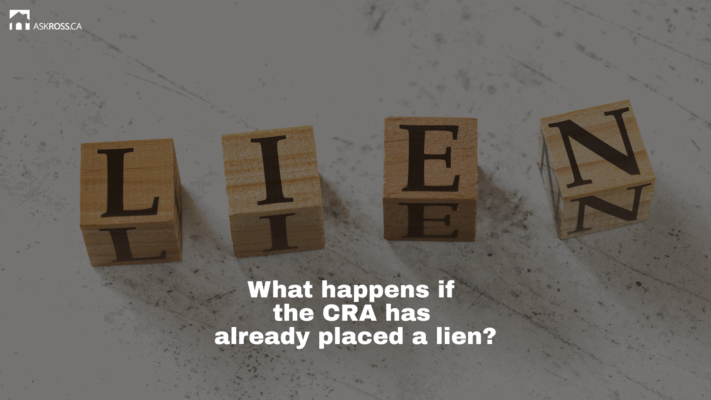
What happens if the CRA has already placed a lien?
This is a situation I see regularly. The CRA has slapped a lien on your property, and you’re stuck. You can’t refinance, can’t sell, can’t even borrow.
First, we use the home equity to pay the CRA. Once the debt is cleared, the CRA will discharge the lien. I often work directly with them and your lawyer to make sure this happens smoothly.
But timing matters here. If the lien is in place, it can delay things, so we want to act before the situation gets worse.
↑↑ Back to the list at the top ↑↑
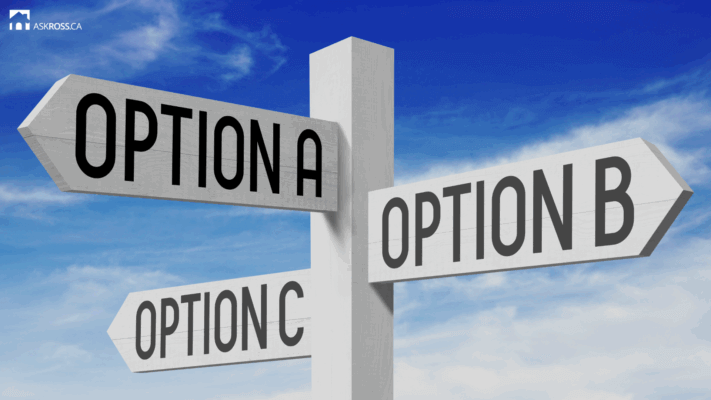
The bottom line: You have options.
If you owe money to the CRA and you own a home, you’ve got options. Real, viable ones that can protect your home and your financial future.
Using home equity to clear tax debt isn’t right for everyone, but it can be a powerful strategy when executed thoughtfully.
It all starts with a plan.
Let’s review your equity, your credit, your income, and your goals. Whether we go with a refinance, a HELOC, or a private lender, the goal is the same: get the CRA off your back, regain financial control, and keep your home safe.
If the taxman’s knocking and your stress is rising, give me a call. Together, we’ll figure out the smartest path forward.
↑↑ Back to the list at the top ↑↑

Ross Taylor Mortgages
If you want great service from someone you can trust – reach out to us today.
Get quick answers to your questions, no matter how difficult – 7 days a week.

 Apply For a Mortgage
Apply For a Mortgage